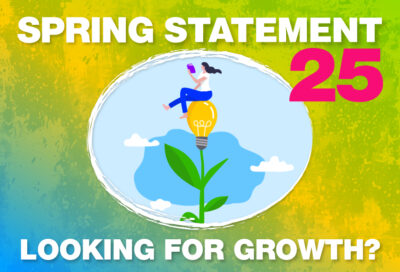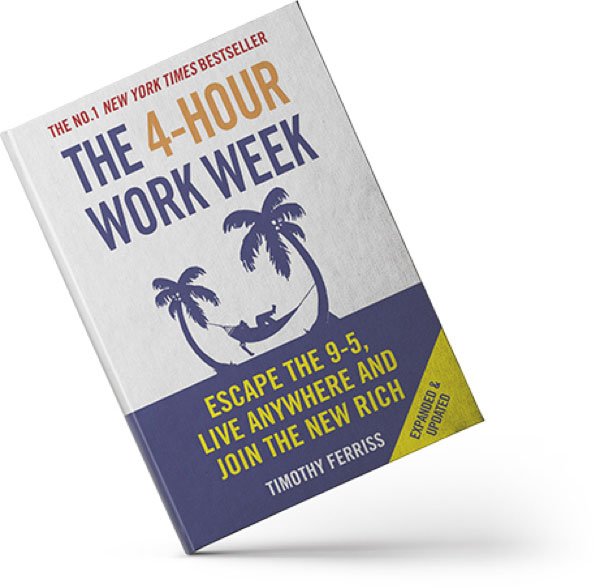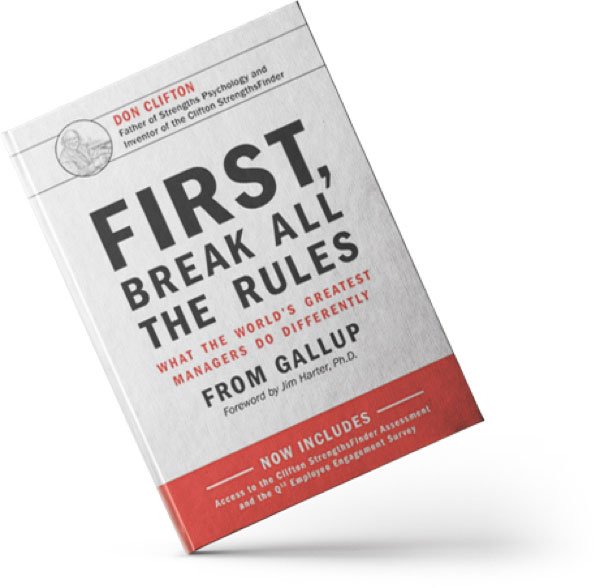Keeping on top of challenges facing your business is hard at the best of times. With the impact of inflation and the energy crisis demanding attention it’d be all too easy for ESG (Environmental, Social, and Governance) sustainability concerns to slip down the agenda. Below are our top four sustainability trends and changes we think you need to know for the upcoming year.
In 2023, sustainability will be impossible to ignore. We know businesses are grappling with the ever-increasing tangle of regulation and pressure to disclose more about their sustainability policies and strategies. It’s getting crazy out there. Let us give you a hand.
CORPORATE SUSTAINABILITY REPORTING
For quite a long time, companies have been found confused within the “alphabet soup” of voluntary standards and lack of reliable non-financial information. So, government stepped up to simplify these standards with three main requirements which we think will dominate the ESG reporting landscape in 2023. We envisage 2023 & 2024 to be the last “stable” years for many corporates to get their ducks in a row for reporting requirements. Best get stuck in now.
- The International Sustainability Standards Board (ISSB). The latest meeting minutes from December can be found here. Standards are expected to be issued towards the end of 2023. We’ll keep you updated.
The European Union’s Corporate Sustainability Reporting Directive (CSRD). Those already subject to non-financial reporting directive (NFRD) will report in 2025 for FY24. Remaining large companies will report in 2026 and SMEs will start in 2027. - Streamlined Energy & Carbon Reporting (SECR). The government is formally required to review SECR regulations within 5 years. However, in a response to recent consultation, they’re considering implementing changes in 2023. At the introduction of SECR, the UK Government had not yet signed net zero by 2050 as a legal commitment so future SECR expected to be more stringent. Main changes are expected to be extending the scope three categories making assurance mandatory if reporting is done in-house.
- You may notice something missing. The neglected child. SMEs. Many guidelines focus on big companies and fail to realise the crucial part SMEs play in UK’s sustainability goals. Complex sustainability frameworks suck SME’s barely available resources. SMEs’ voices need to be listened to more.
EVEN IF THE RULES DON’T APPLY. THEY APPLY.
Many SMEs that were not expecting to be doing much sustainability linked reporting, received letters. Whether from major customers or suppliers, or investors and banks, looking for ESG or sustainability linked data. Because of regulatory rules driving the large companies to report and reduce their scope 3 emissions. As well as reporting on issues such as modern-day slavery.
Government procurements are soon to include new green buying rules. So, to be in the position to win major contracts, clear demonstration of sustainability goals will be called for. Even if not bidding themselves, many SMEs may find the terms of new subcontracts on government jobs will have similar information burden as part of the flow down of terms.
A large number of SMEs will be required to respond to multiple data and info requests, mostly perhaps nuanced and different. All this while they have not actively considered a sustainability strategy or goal for themselves.
2023 may well be the year where SMEs enter the sustainability strategy race in earnest. After all, if you’re going to be burdened by the reporting requests anyway, it may as well be part of the overall strategy to use that data and drive new and increased business opportunities.
TRANSITION TO NET ZERO
Net zero: The ambition to reduce greenhouse-gas emissions (GHGs) as much as possible towards zero, and to counter any remaining emissions with carbon-negative solutions. Whether nature-based (planting trees or restoring mangroves) or technological (direct air capture).
Creating a net zero UK by 2050 requires a fundamental transformation in our economy and society. Businesses will play a vital role, and companies are increasingly keen to signal their commitments to corporate social responsibility.
The challenge to reduce scope three emissions (indirect emissions by suppliers or customers) will accelerate in 2023 as scope three typically accounts for the vast majority of emissions. Reducing those that companies have direct control over (scope 1 and 2) can only go so far in reaching net zero.
You’ve got to note that the Energy Saving Opportunity Scheme (ESOS) Phase 3 requirements now include setting a target in terms of emission reductions. Phase 4 will also mandate a net zero assessment (this can be introduced voluntarily in Phase 3) and the obligation to explain why goals set in Phase 3 have not been achieved.
THE RISE OF GREEN HUSHING
The UK’s competition watchdog introduced a Green Claims Code in 2021 to clamp down on misleading environmental claims. Since then, awareness of greenwashing is growing. With companies increasingly choosing not to publicise details of their climate targets in an attempt to avoid scrutiny and allegations of greenwashing.
A report issued by South Pole indicates that many companies are now trying to avoid accusations of insincerity. By going radio silent. Nearly a quarter of the 1,200 firms it surveyed don’t plan to publicise their science-based emissions targets. Even when they’re taking steps to improve.
If green hushing becomes a trend, it will make inspiring the SMEs, who have the highest ratio of climate laggards, even harder. Our view is that as long as there is transparency about progress and this is communicated in an honest way, then companies can’t go wrong. We hope you agree.
As you can probably tell, most of the trends emerging for ESG in 2023 revolve around better recording, reporting and communication of impact targets and progress. In order to make this achievable, sustainable and, ultimately, scalable for SMEs; external support might be required to get started, maintain momentum and accuracy when it comes to ESG.
There couldn’t be a better time than the present to integrate where you are as a businesses and what improvements are to be made in the shorter and longer term to reduce your carbon footprint and overall sustainability strategy.
I’d be more than happy to chat through anything I’ve mentioned here. Let’s grab a cuppa.























